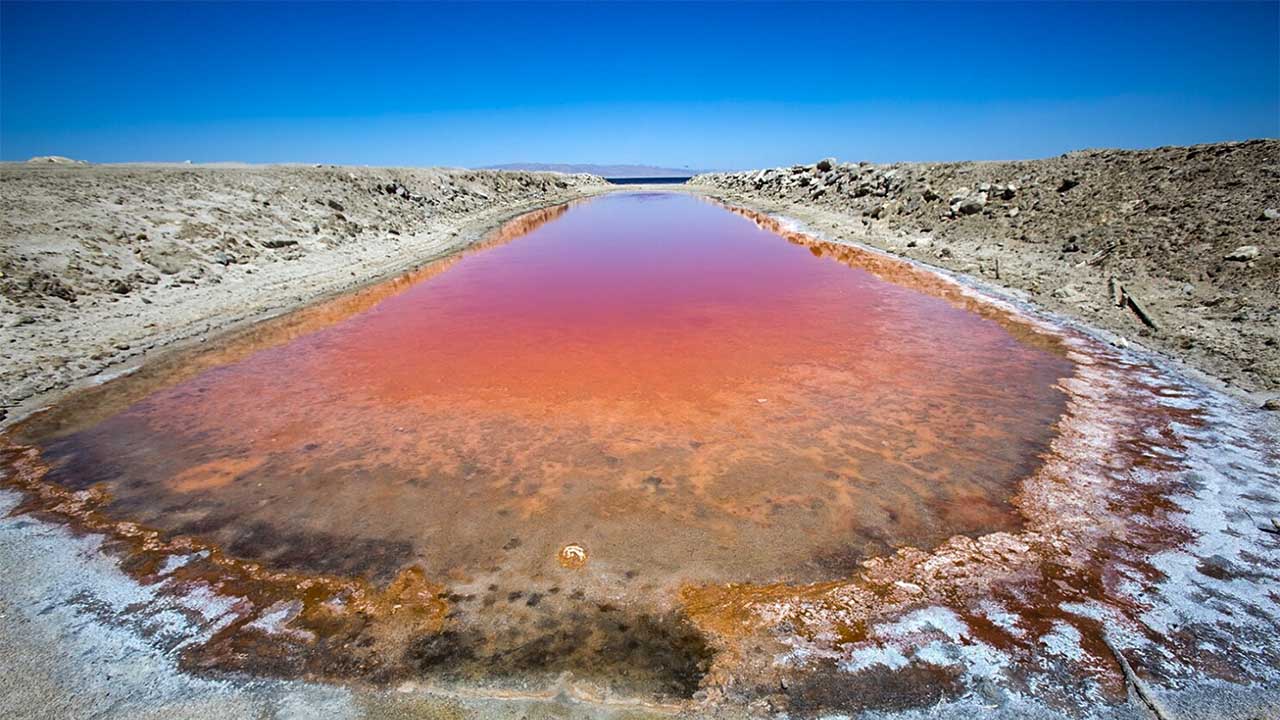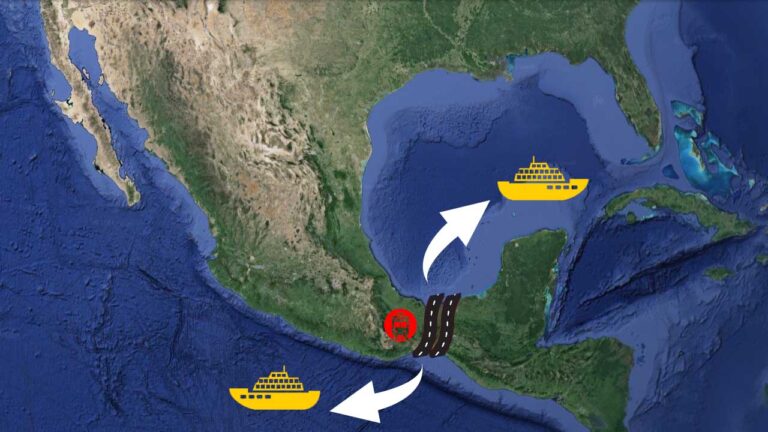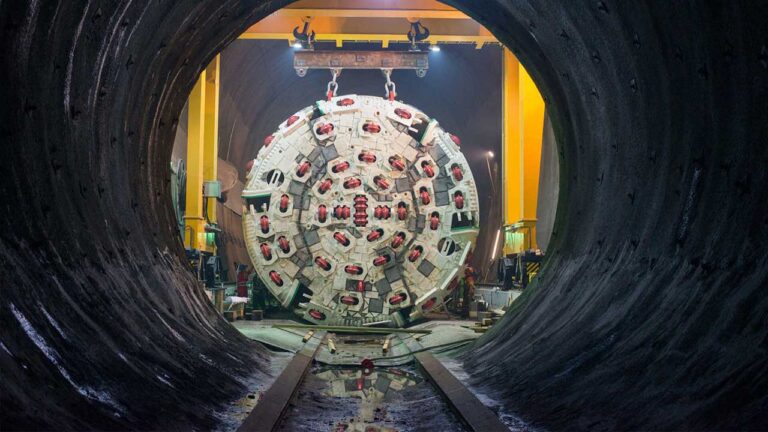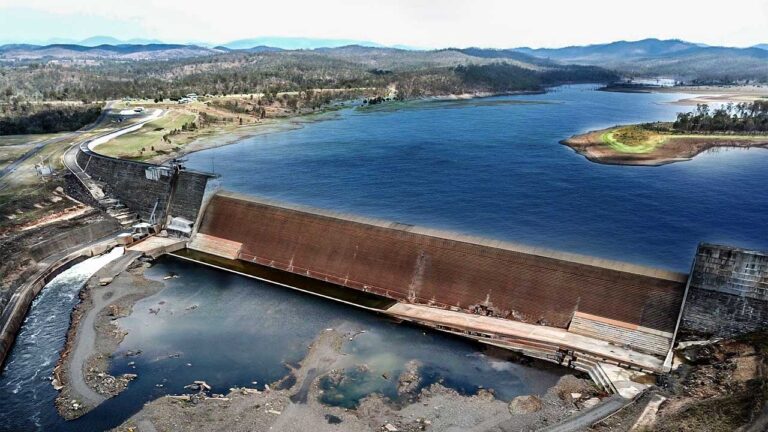California’s Toxic Salton Sea is a Treasure Trove of Lithium
Lithium stands as a valuable metal with crucial importance for various reasons. Lithium-ion batteries serve as the powerhouse for electric vehicles, laptops, and cell phones, with projected demand set to triple by 2025. These batteries enable the storage of renewable energy from solar and wind sources, thus playing a pivotal role in fostering a more sustainable future. Amidst the global shift towards cleaner technologies, lithium continues to be an indispensable resource driving both innovation and sustainability efforts.
Chile leads the global pack, boasting an impressive 9.2 million tons of lithium reserves. Following closely behind, Australia holds 5.7 million tons, presenting a substantial resource base though not as extensive as Chile’s. Argentina ranks third in lithium reserves, possessing a total of 2.2 million tons. Like Chile, Argentina is part of the “lithium triangle” in South America, along with Bolivia. Securing the fourth position, China possesses 1.5 million tons of lithium reserves.
Despite its abundance of natural resources, the USA lags behind several other nations in lithium reserves, with only 750,000 tons. However, a recent revelation by the US Department of Energy has unveiled vast lithium deposits at the bottom of a lake in California. These reserves could potentially supply enough lithium to produce batteries for an astonishing 375 million electric vehicles. California Governor Gavin Newsom has even likened the lake to “the Saudi Arabia of lithium.”
Nevertheless, extracting lithium from the lake bed presents significant challenges. Experts are grappling with various obstacles, including technological hurdles, environmental concerns, and logistical complexities. Despite these challenges, there is ongoing research and innovation aimed at overcoming these obstacles. Stay tuned as we delve deeper into the difficulties faced in obtaining lithium from the lake bed and the steps experts are taking to address these issues.
Although lithium resources are limited, their importance in clean technology and renewable energy cannot be emphasized enough. As we endeavor towards a sustainable future, ensuring a steady supply of lithium becomes an ever more crucial priority.
The Salton Lake, located in Southern California near the Mexican border, holds a valuable resource: lithium, a crucial ingredient in electric vehicle batteries.
The U.S. Department of Energy estimates that beneath the Salton Lake lies a staggering 3,400 kilotons of lithium. To contextualize this, it’s sufficient to produce batteries for an astonishing 375 million electric vehicles.
Also Read: Johor Bahru-Singapore RTS: Fixing Asia’s Biggest Traffic Jam
The Salton Lake stands out for its vast reserve of geothermal brine, a blend of superheated salty water abundant in minerals. Since the 1980s, this geothermal brine has been exploited for green energy production. However, companies are now setting their sights on something even more valuable than steam power: lithium. Energy Source is pioneering a less resource-intensive method for extracting lithium from the brine.
Currently, a significant portion of the world’s lithium originates from Australia and South America, with much of the refining and battery production occurring in Asia, particularly China. However, extracting lithium from salt lakes poses several challenges due to the unique characteristics of these brines.
Techniques for lithium extraction from salt lake brines often come with drawbacks related to their environmental impact. These include high energy consumption, as the extraction process can be energy-intensive. Moreover, significant amounts of freshwater may be required for brine extraction, placing strain on local water resources. Additionally, there can be substantial losses due to dissolution during the extraction process, affecting overall efficiency.
The Great Salt Lake in Utah, USA, serves as a prominent example of a location for lithium extraction from salt lakes. However, concerns have been raised regarding potential harm to the lake itself. Already on the brink of an ecological crisis, extracting lithium from the Great Salt Lake could exacerbate the situation.
When considering resource distribution, it’s noteworthy that lithium resources are primarily found in two types: salt lake brines, which account for 62.6% of global lithium resources, and hard rock minerals, which make up the remaining 37.4%.
A billion-dollar drilling project at the Salton Lake seeks to alter this landscape. By extracting lithium locally, the United States could potentially reduce or eliminate its dependency on Chinese production, particularly as automakers increasingly transition towards electric vehicles.
Once a vibrant body of water, the Salton Lake has now become an environmental disaster, with its shrinking size leaving behind toxic dust in the surrounding desert community. However, despite these challenges, the Salton Lake region represents a rare opportunity that comes once in a generation. Yet, capitalizing on this opportunity is no easy task. Accessing the vast reserves of lithium buried beneath the surface demands innovative technology capable of withstanding the harsh and corrosive conditions. At stake are hundreds of billions of dollars’ worth of lithium reserves and the creation of thousands of white-collar jobs.
Beyond bolstering U.S. energy autonomy, the drilling project holds the promise of transforming the impoverished region surrounding the Salton Lake. With an unemployment rate of 17%, the area stands to benefit significantly from the creation of thousands of jobs spurred by the project.
Lithium extraction from the Salton Lake involves the implementation of innovative methods to harness this valuable resource. At present, experts are utilizing alternative technologies to conclude the project of extracting lithium from the lake.
Geothermal Brine Lithium Recovery method revolves around extracting battery-grade lithium from natural geothermal brines found in hot springs and salt lakes, including the Salton Lake. The geothermal brine contains dissolved lithium, which can be selectively extracted using specialized processes. One of the key advantages of geothermal brine lithium recovery is its environmental friendliness compared to traditional methods reliant on fossil fuels.
In contrast, Direct Lithium Extraction or DLE emerges as a revolutionary method of extraction, holding the potential to meet up to 10 times the current U.S. lithium demand from California’s Salton Lake geothermal area alone. This process selectively captures lithium ions from brines without requiring extensive evaporation ponds or significant water consumption on a large scale.
Waterleaf Resources, a subsidiary of California-based Lilac Solutions, aims to extract lithium from Utah’s Great Salt Lake using innovative ion exchange technology. This method involves washing brine through bead structures, with these beads selectively absorbing lithium minerals while flushing out the remaining water and other minerals. Unlike other extractors operating on the over-tapped Great Salt Lake, Waterleaf’s technology does not evaporate water away, create massive ponds, or produce waste or emissions. The company plans to pump all the water back after removing lithium.
These cutting-edge technologies are geared towards extracting lithium sustainably, with a focus on minimizing environmental impact and maximizing resource efficiency.
Also Read: Russia’s Poseidon Torpedo: A Silent Menace to Global Security
The lithium reserves beneath the Salton Lake present immense promise for advancing clean energy and electric mobility. It’s exhilarating to contemplate how this once-neglected lake could emerge as a crucial player in powering the vehicles of tomorrow.
But what can be potential environmental impacts of Lithium mining?
The excavation of lithium-bearing minerals can lead to habitat destruction, disrupting ecosystems and impacting local flora and fauna. This can result in biodiversity loss, affecting local food chains and the livelihoods of vulnerable populations reliant on the environment.
Soil erosion is another issue. The process of extracting lithium ores can cause soil erosion, making disturbed soil vulnerable to erosion and impacting nearby land and water bodies.
Water use and contamination are significant environmental challenges. Lithium extraction requires substantial water usage, particularly during concentration and chemical treatment stages. Improper management of chemicals used in lithium processing can lead to water contamination, affecting aquatic ecosystems and human health.
Furthermore, extracting and processing lithium ores consume a considerable amount of energy, with fossil fuels often used in the roasting process, contributing to carbon emissions.
Social and health concerns further compound the issue. Workers in lithium mines, including children, often face unsafe conditions, raising ethical considerations regarding labor practices in mining operations.
To conclude, achieving a balance between the demand for lithium and responsible mining practices is essential to minimize environmental harm and promote sustainability.







